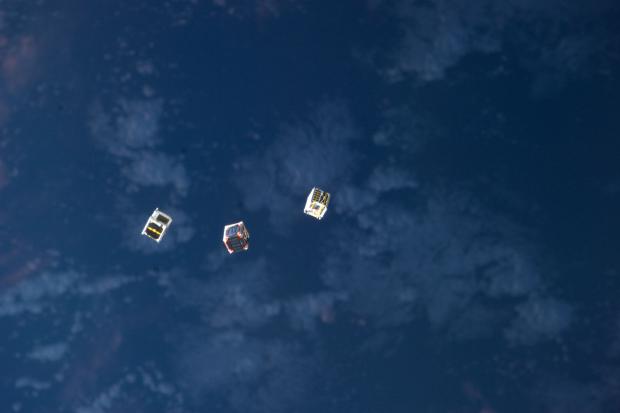
Breaking News
 Harbor Freight Coverpro 12x20 made into a Metal Building part 2
Harbor Freight Coverpro 12x20 made into a Metal Building part 2
 Brian Cole BUSTED, Halle Berry NUKES Newsom + Candace REJECTS TPUSA Challenge...
Brian Cole BUSTED, Halle Berry NUKES Newsom + Candace REJECTS TPUSA Challenge...
 I spent my Thanksgiving in the emergency rom... Medical emergencies can pop up at any time.
I spent my Thanksgiving in the emergency rom... Medical emergencies can pop up at any time.
 The "Golden Age" of Job Layoffs?
The "Golden Age" of Job Layoffs?
Top Tech News
 Build a Greenhouse HEATER that Lasts 10-15 DAYS!
Build a Greenhouse HEATER that Lasts 10-15 DAYS!
 Look at the genius idea he came up with using this tank that nobody wanted
Look at the genius idea he came up with using this tank that nobody wanted
 Latest Comet 3I Atlas Anomolies Like the Impossible 600,000 Mile Long Sunward Tail
Latest Comet 3I Atlas Anomolies Like the Impossible 600,000 Mile Long Sunward Tail
 Tesla Just Opened Its Biggest Supercharger Station Ever--And It's Powered By Solar And Batteries
Tesla Just Opened Its Biggest Supercharger Station Ever--And It's Powered By Solar And Batteries
 Your body already knows how to regrow limbs. We just haven't figured out how to turn it on yet.
Your body already knows how to regrow limbs. We just haven't figured out how to turn it on yet.
 We've wiretapped the gut-brain hotline to decode signals driving disease
We've wiretapped the gut-brain hotline to decode signals driving disease
 3D-printable concrete alternative hardens in three days, not four weeks
3D-printable concrete alternative hardens in three days, not four weeks
 Could satellite-beaming planes and airships make SpaceX's Starlink obsolete?
Could satellite-beaming planes and airships make SpaceX's Starlink obsolete?
Arrays of Antennas Deployed From Cubesats for Massive Sensing Improvement

To build the next generation of predictive weather models, we need to measure a storm from space across time over its entire lifecycle, from water vapor to heavy precipitation. To capture the phases of a storm, measurements need to be made at multiple frequencies, with a 25km resolution. The single satellite approaches currently taken can only capture one point in time, not the storm's lifecycle. To capture the lifecycle across time a satellite constellation of 5 satellites is required, but constellations of 10 to 100 would create greater breakthroughs. The only affordable option for constellations of this size SmallSats. While we have demonstrated we can shrink the satellite bus and associated instruments, the antenna's diameter cannot be shrunk, as this would not provide the resolution (or ground footprint) required.
To enable us to build better weather models this mission needs a broad multi-frequency (10 GHz to 600 GHz), offset-fed, deployable antenna which expands to multiple times the satellite bus size to create a small enough footprint to inform weather models. There are currently NO flight solutions for a SmallSat deployable antennas operating above 70 GHz, demanding a high risk, high reward approach be pursued. To fill this gap, researchers propose Starburst, an innovative new architecture for deployable structures, which not only allows this next Earth Science Mission generation mission, but may fundamentally change how we approach deployable structures in the future across many missions. Unlike traditional deployables which are constrained throughout deployment, Starburst uses an under-constrained approach to achieve high stowing efficiencies.

 First totally synthetic human brain model has been realized
First totally synthetic human brain model has been realized Mach-23 potato gun to shoot satellites into space
Mach-23 potato gun to shoot satellites into space

